Many beginner anglers have an aversion to rigging or re-regging their fly rod. Thanks mostly to a lack of dexterity that comes with experience, common streamside tasks — dealing with tangles, rebuilding shrinking leaders, switching from a nymph rig to dry fly rig or simply changing flies — can seem daunting or downright annoying. Even those of us that are more accustomed to tying nots and swapping leaders would still rather have our flies in the water than in our hands. But fishing a rig that's improperly setup for the conditions at hand will decrease our chances of success.

When fishing nymphs, one part of the rig that even the clumsiest knot tier in the world shouldn't excuse him or herself from attending to is the position of their strike indicator. Why? First and foremost, because there's virtually no work involved in adjusting it. Regardless of the style of strike indicator you prefer (foam, bobber, yarn, etc), virtually all of today's strike indicators simply slide up and down your leader via one very simple adjustment method or another. However, more importantly, the position of your strike indicator shouldn't be ignored because it's crucial to successful nymph fishing.
Though the primary purpose of your strike indicator is to allow you to detect when a fish has taken or is otherwise screwing around with your fly, as a result of the fact that strike indicators are made to float, they also act as a float or bobber, preventing the portion of your leader above the indicator from sinking while suspending the rest of leader, tippet, split shot and flies below.
If you're fishing your nymph rig through a 6 foot deep pool and your strike indicator is positioned 4 feet down your 9 foot leader, the deepest your fly can get is 5 feet. In some situations this might be what you're hoping to achieve, but most often you're trying to bottom bounce your nymphs and without sliding your strike indicator up your leader, your flies can't reach the desired dept. Likewise, if you're nymphing through a 3 foot deep riffle, you don't want 7 feet of leader and tippet below your strike indicator, which will introduce a great deal of slack line into your drifting rig (while monofilament and flourocarbon don't introduce drag the way fly lines do, they will contribute drag). The extra slack will poorly affect your presentation, making it considerably more difficult to know where your nymphs are drifting or make quick hook sets.
So where should you position your strike indicator? Since you can't expect the leader and flies below your strike indicator to float through the water perfectly suspended at a 90 degree angle from your strike indicator (that is, unless you're fishing an Air-lock strike indicator), you've got to give yourself a bit of leeway. The general rule of thumb is that the distance between your strike indicator and your fly should be approximately one and a half times the depth at which you wish to wish to fish your fly. This is a generalized concept, so feel free to play around. The important thing is that you consider the position of your indicator — and adjust it whenever needed — as you move along the stream.








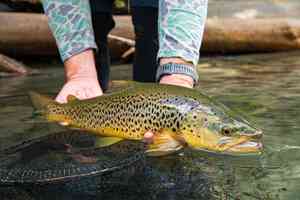







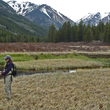









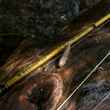
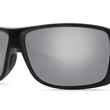
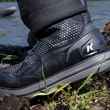
Comments
The Fly Trout replied on Permalink
You are dead on. I went to a small creek on Monday wasn't having any luck until I adjusted my indicator and added more split shot. That put the fly right in the trout's face, giving him no choice but to eat it!
The_Riffler replied on Permalink
Chances are if you aren't getting stuck on the bottom, you're not deep enough.
BrianC replied on Permalink
the time and a half water depth tip is great but I would add you need to add a little more length in faster currents to get the fly down to the bottom and can take a little bit off when the water slows down.
Pages